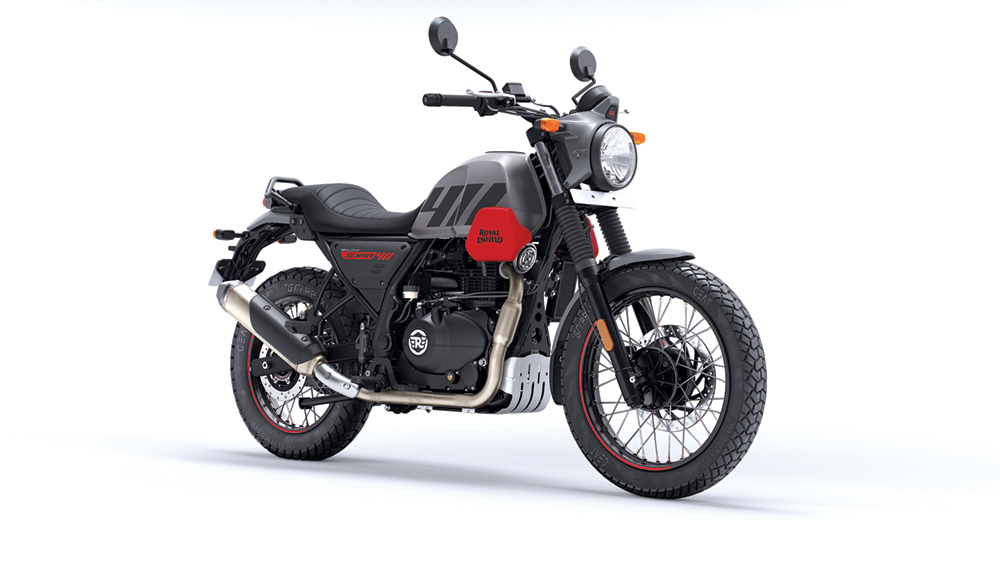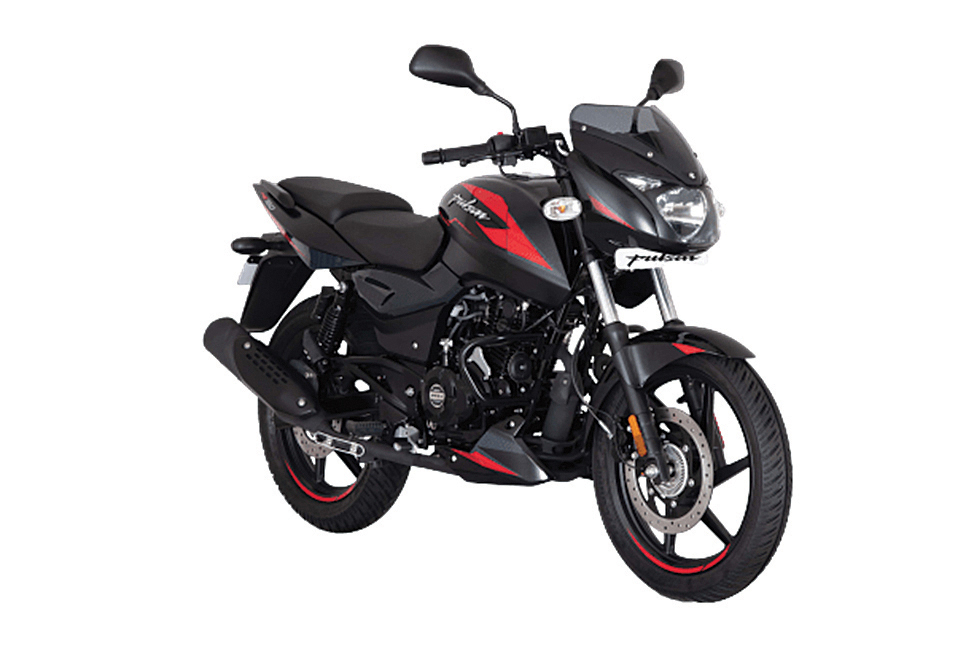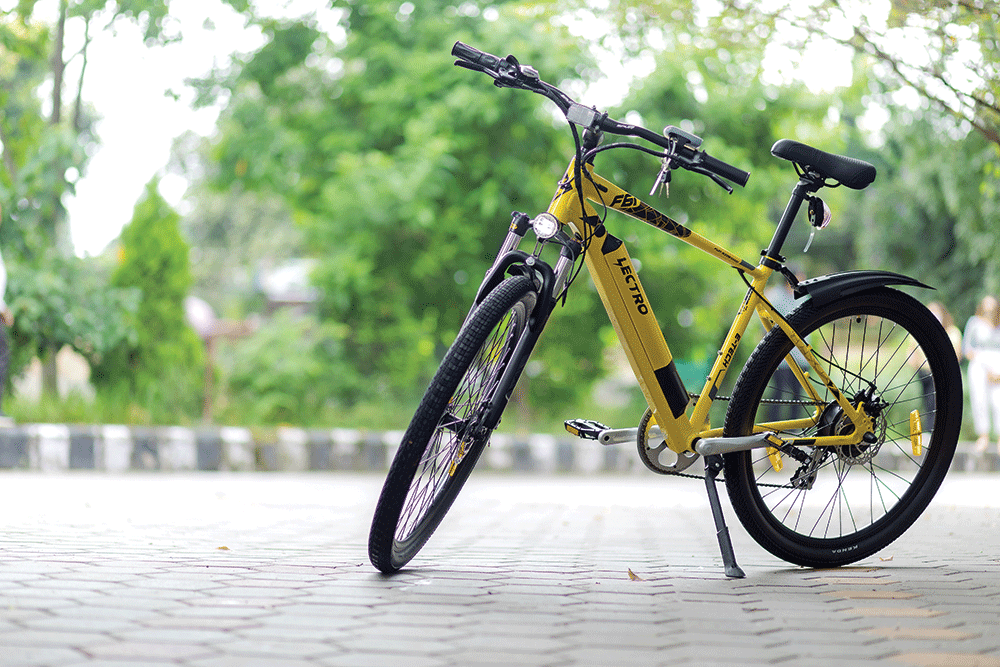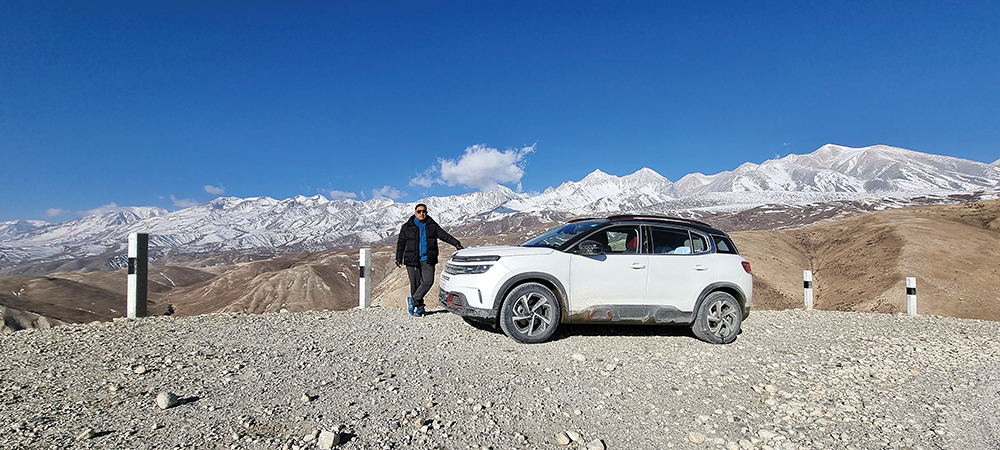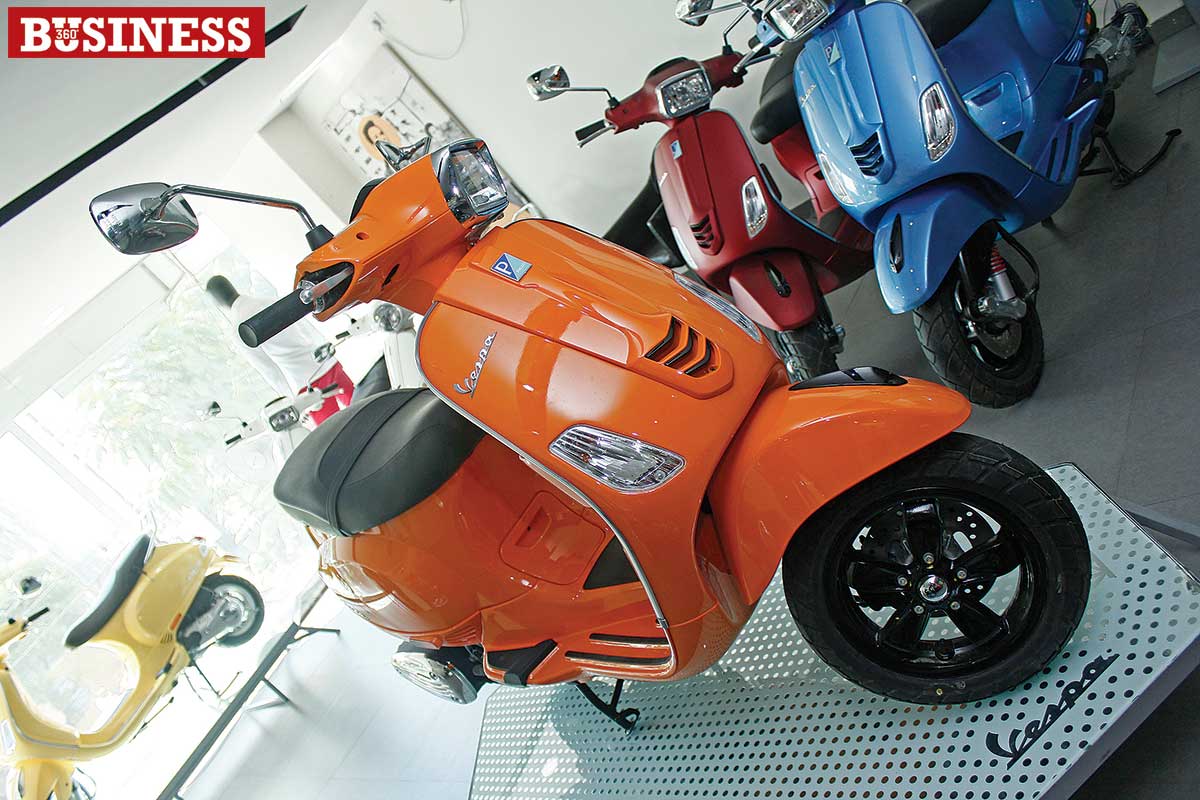
Since their inception, two-wheelers have been synonymous with youth, fun and freedom. Nothing screams freedom louder than a speeding two-wheeler, and Vespa scooters do it with style and class. Vespa scooters were launched in Nepal by D-Lifestyles Pvt Ltd in July last year. According to Smit Timilsina, Marketing Manager at D-lifestyles, Vespa scooters have earned so much popularity that the company sold 2,216 units within a year of launching.
Though the Vespas available in Nepal are manufactured in India, their design is every bit Italian. The Vespa is such an iconic scooter that there is a word in Italian, Vespare, which means to go somewhere on a Vespa. For Vespa lovers, it’s not just a scooter; it’s a way of life, which is actually the punch-line of Vespa. Through the decades, the scooter has symbolised freedom and has now become an urban fashion statement as well.
Vespa is available in two variants, Vespa VXL and Vespa SXL. Both variants’ styling is classic yet contemporary. Out of the two, the VXL is more vintage-looking with round headlights and mirrors. The SXL is more stylish and modern. SXL’s square headlights and mirrors differentiate it from the VXL. Both the variants’ have plenty of chrome touches, including the chrome facia, chrome headlight border, chrome mirrors and other chrome finishes. Overall, the design is robust, strong and masculine, yet not intimidating. That’s the reason it is the scooter of choice for youngsters, male and female alike.
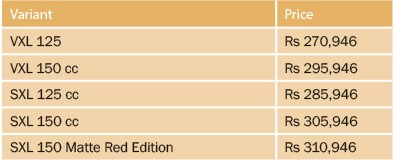
Both VXL and SXL are available with 125cc and 150 cc engines. The model with 150 cc engine delivers a maximum power of 11.6 ps at 7,000 rpm and a maximum torque of 11.5 Nm at 5500 rpm. Similarly, the 125 cc engine models give a maximum output of 10.06 ps at 7500 rpm and a peak torque of 10.6 Nm at 6,000 rpm. Both engines have three valves with two inlets, and come with aluminium cylinder head, overhead cam and variable spark timing management. The company claims that the three-valve engine is more efficient and powerful with less emission.
The Vespa’s frame is based on monocoque single-piece steel body construction, a single frame which is more rigid and safer. It also offers better balance, stability and rigidity. The front suspension is a single arm one, which is quite unique as most bikes and scooters use dual front suspension. Actually, the single suspension is derived from aircraft design, and comes with anti-dive characteristics, making it safer and less jerky. The rear suspension is a dual effect hydraulic shock absorber. Both the tyres of Vespa are tubeless, wide and grippy. There is a 200 mm ventilated disk brake in the front and 140 mm rear drum brake. The fuel tank is of eight litres, and according to the company, 125 cc engines gives a mileage of 40-45 kmpl inside Kathmandu valley. Similarly, the 150 cc variant gives 30-35 kmpl.
Vespa scooters are available in 12 colour options, and the paint is a high-quality three layered one. The colour options, engine options and the two variants make 23 different Vespa combinations possible. Add to it the accessories; and you have a unique ride that’s similar to none. Available accessories are windshield, perimeter kit, front fender and saddle handle bar. According to the company, all the models of Vespa are unisex.
The price of the scooters ranges from Rs 270,946 to Rs 310,946. The 946 in the end isn’t just a number, it symbolises the year 1946 when Vespa was first launched by Piaggio, and 946 is also the most expensive and premium model of Vespa. According to Timilsina, Vespa may seem a bit expensive than other scooters at first, but it cuts costs in the long run owing to its low maintenance, low operation cost and high fuel efficiency.
The company gives a warranty of two years on all Vespa scooters along with four free servicing. There are three showrooms loacted at Durbar Marg, Kupondole and Lazimpat. Outside Kathmandu, there are Vespa dealerships in Pokhara, Dharan, Narayanghat, Birtamode and Butwal.



